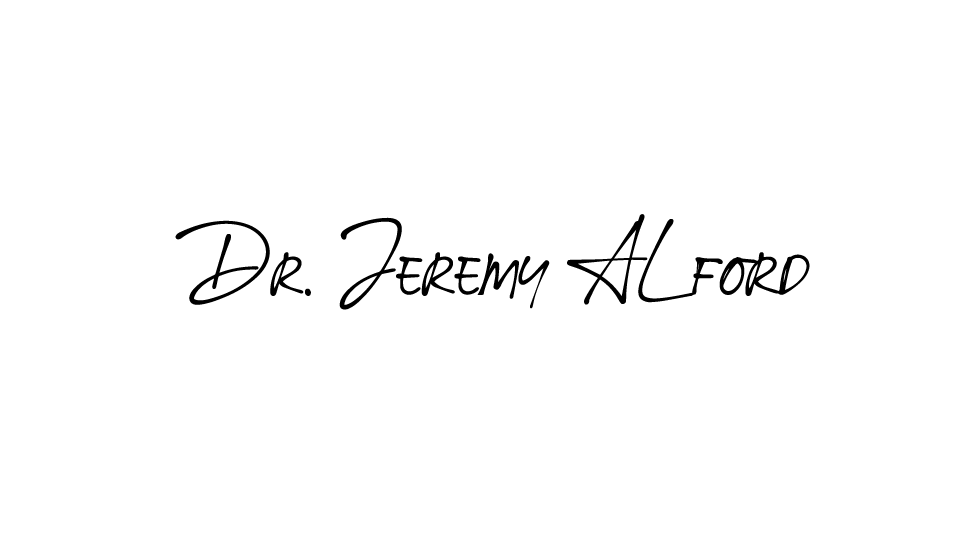Embracing the Shadow Self: Why Understanding Your Dark Side is Crucial
We all have parts of ourselves that we prefer to keep hidden—traits, desires, and memories that we might find shameful or uncomfortable. This hidden part of our psyche is often referred to as the "shadow self," a concept popularized by the Swiss psychologist Carl Jung. Understanding and integrating our shadow self is essential for personal growth, emotional well-being, and healthier relationships. In this blog, we'll explore why it's important to confront and understand your shadow self and how doing so can transform your life.
What is the Shadow Self?
The shadow self comprises the aspects of our personality that we reject or deny, often because they conflict with our self-image or societal expectations. This is something I have spoken about in a previous blog. These can include negative traits like anger, jealousy, and greed, but also positive qualities that we may suppress due to fear or conditioning. Jung believed that acknowledging and integrating the shadow self is crucial for achieving a balanced and whole personality.
The Importance of Understanding Your Shadow Self
1. Self-Awareness and Personal Growth
Understanding your shadow self increases self-awareness. By acknowledging your hidden traits and desires, you gain a more comprehensive understanding of who you are. This self-awareness is the foundation for personal growth, as it allows you to address your weaknesses and leverage your strengths more effectively.
Action Step: Reflect on moments when you felt irrationally angry, jealous, or anxious. Consider what these reactions reveal about your shadow self.
2. Emotional Healing
Ignoring or suppressing your shadow self can lead to emotional pain and mental health issues. When you confront your shadow, you can begin to heal from past traumas and unresolved emotions. This process of integration helps you to release pent-up negative energy and fosters emotional resilience.
Action Step: Practice journaling to explore your suppressed emotions and past experiences. Seek therapy or counseling if needed to guide you through this process.
3. Improved Relationships
Our shadow selves often affect our interactions with others, leading to conflicts and misunderstandings. By understanding and integrating your shadow, you become more empathetic and less likely to project your insecurities onto others. This can significantly improve your relationships with family, friends, and colleagues.
Action Step: Pay attention to recurring conflicts in your relationships. Consider how your shadow traits might be contributing to these issues and work on addressing them.
4. Authenticity and Self-Acceptance
Embracing your shadow self allows you to accept all parts of yourself, not just the aspects that fit neatly into your ideal self-image. This authenticity leads to greater self-acceptance and reduces the need for external validation. When you accept your whole self, you live more authentically and confidently.
Action Step: Challenge yourself to embrace vulnerability. Share your true feelings and experiences with someone you trust, without fear of judgment.
5. Increased Creativity
The shadow self is a rich source of creativity and inspiration. Many artists, writers, and musicians draw on their shadow to create profound and impactful works. By exploring and integrating your shadow, you can unlock new levels of creativity and innovation.
Action Step: Engage in creative activities like drawing, writing, or music. Allow yourself to express your shadow traits through these mediums.
How to Understand and Integrate Your Shadow Self
1. Self-Reflection and Journaling
Spend time reflecting on your thoughts, feelings, and behaviors. Journaling can be a powerful tool to uncover hidden aspects of your personality.
2. Mindfulness and Meditation
Practicing mindfulness and meditation helps you become more aware of your inner world. These practices can reveal suppressed emotions and thoughts linked to your shadow self.
3. Therapy and Counseling
Professional guidance can be invaluable in navigating the complexities of your shadow self. Therapists can provide a safe space to explore and integrate these hidden parts.
4. Shadow Work Exercises
Engage in shadow work exercises, such as writing letters to your shadow self, dialoguing with your shadow through role-playing, or using prompts to explore your unconscious mind.
Conclusion
Understanding your shadow self is a journey towards greater self-awareness, emotional healing, improved relationships, authenticity, and creativity. By confronting and integrating your shadow, you become a more whole and balanced individual. Embrace your shadow, and you'll discover a deeper, more fulfilling connection with yourself and the world around you.
References
Zweig, C., & Wolf, S. (1997). Romancing the Shadow: A Guide to Soul Work for a Vital, Authentic Life. Ballantine Books.
Ford, D. (1998). The Dark Side of the Light Chasers: Reclaiming Your Power, Creativity, Brilliance, and Dreams. Riverhead Books.
Hollis, J. (2007). Why Good People Do Bad Things: Understanding Our Darker Selves. Gotham Books.
Johnson, R. A. (1991). Owning Your Own Shadow: Understanding the Dark Side of the Psyche. HarperOne.
I’m here for you. Let’s talk.



